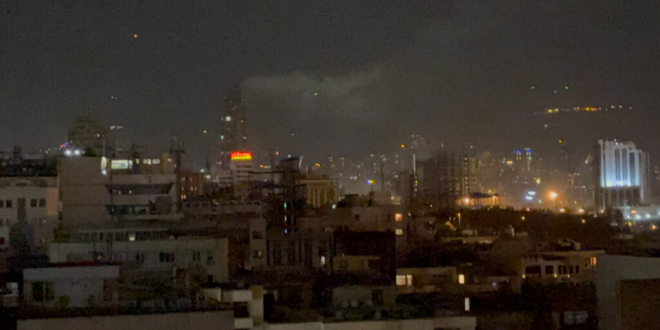Latest Developments
Mossad’s Drone Buildup: Ahead of its strikes on Iran, Israel’s Mossad intelligence agency reportedly spent months smuggling parts into Iran for the construction of hundreds of quadcopter unmanned aerial vehicles (UAVs or drones). These were launched from inside Iran in tandem with Israel’s opening decapitation strikes on Iranian regime targets on June 13. Sources familiar with the operation said that Israel utilized suitcases, trucks, and shipping containers to clandestinely ship the parts in a feat reminiscent of Ukraine smuggling 117 drones into Russia that were then used to attack Moscow’s strategic bomber fleet.
Drone Teams Attacked Air Defenses and Missile Launchers: In the early hours of June 13, as Israeli warplanes were en route to Iran, small Mossad teams established themselves near Iran’s air defense emplacements and ballistic missile launch sites. When the attack began, the teams launched the drones at air defense batteries and ballistic missile launchers, aiming to not only pave the way for Israeli fighter jets to reach their targets but also to diminish Tehran’s immediate counterattack capabilities. Dozens of missiles were destroyed before they could be mobilized.
Operation Helped Achieve Air Dominance Over Iran: Although Iran has fired roughly 270 missiles at Israel since the conflict began, the Mossad operation reportedly dampened the severity of Tehran’s response. “We expected much more,” said Sima Shine, a former Mossad officer and head of the Iran program at Israel’s Institute for National Security Studies, “but that doesn’t mean we won’t have much more today or tomorrow.” On June 14, Israel announced that it had established air superiority and freedom from action from western Iran to Tehran, an achievement now at least partially credited to the Mossad teams operating inside the Islamic Republic’s territory.FDD Expert Response
“Like their Ukrainian counterparts, Israeli security forces have used creative tactics to get unmanned attack drones behind the enemies’ defensive networks in order to execute maximum surprise. This is not unexpected given the Israeli planning expertise demonstrated against Hezbollah with beeper and walkie-talkie attacks. These attacks now leave the Iranians on the ground second-guessing everything they see.” — RADM (Ret.) Mark Montgomery, FDD Senior Fellow and Senior Director of FDD’s Center on Cyber and Technology
“For more than a decade, Israel has exposed deep vulnerabilities within Iran’s internal security by successfully executing clandestine operations against its nuclear infrastructure. Iran’s repeated failure to prevent these breaches underscores a persistent intelligence gap that Israel has exploited. This freedom of operation has allowed Israel to evolve its tactics from sabotage and targeted assassinations to the remarkable use of drones launched from within Iranian territory.” — Joe Truzman, Senior Research Analyst and Editor at FDD’s Long War Journal
“Let us not forget that the former head of Iran’s counter-Mossad task force ultimately turned out to be a Mossad asset himself. Once again, the Islamic Republic’s deeply compromised leadership exposes its own hollow claims of ideological loyalty, having proven to be one of the most easily penetrated regimes by Israeli intelligence. As this campaign persists, a true inflection point would be strikes against the regime’s propaganda apparatus, particularly its state broadcasting network, and the security organs responsible for crushing dissent.” — Janatan Sayeh, Research Analyst
 Eurasia Press & News
Eurasia Press & News


